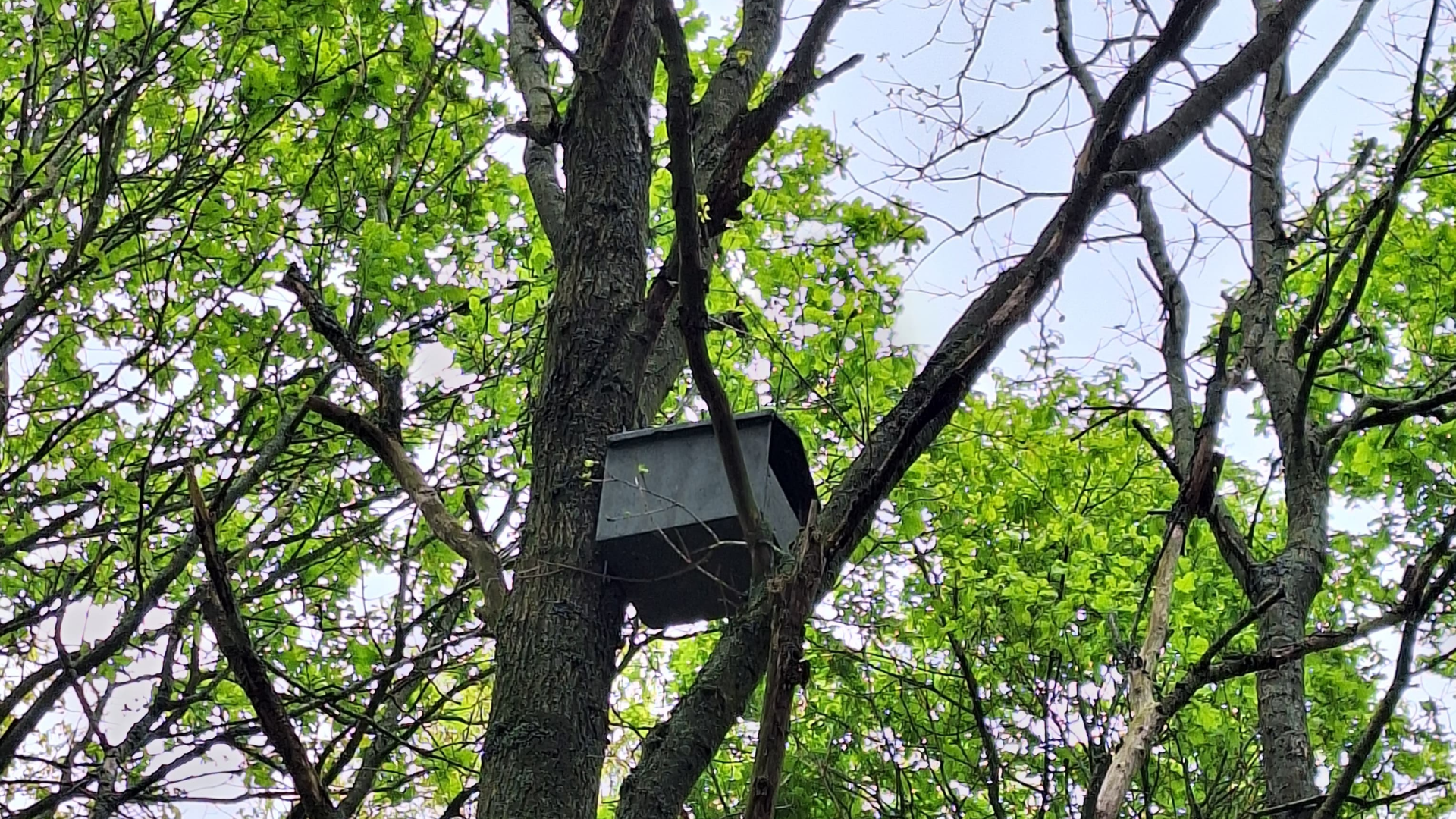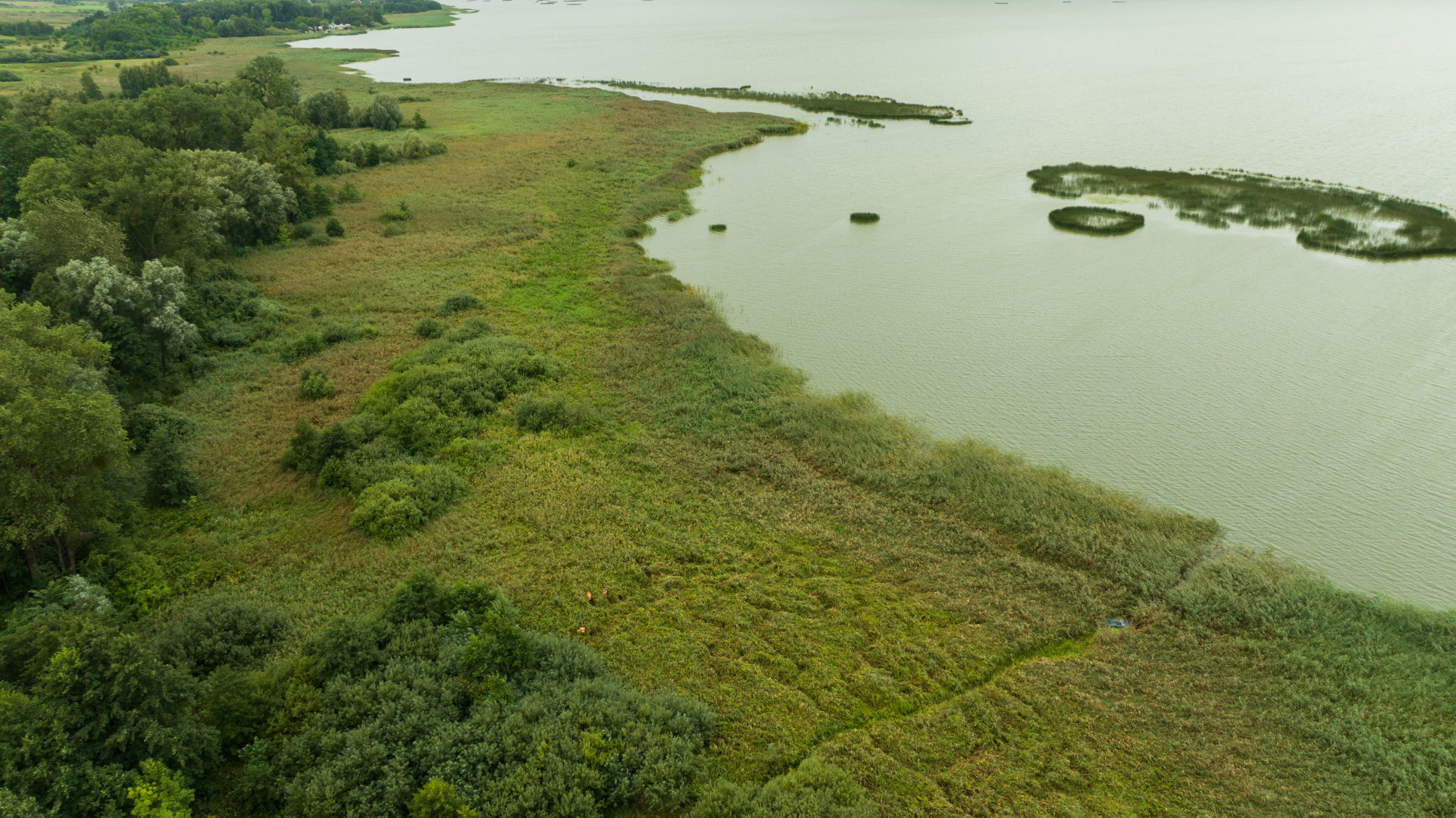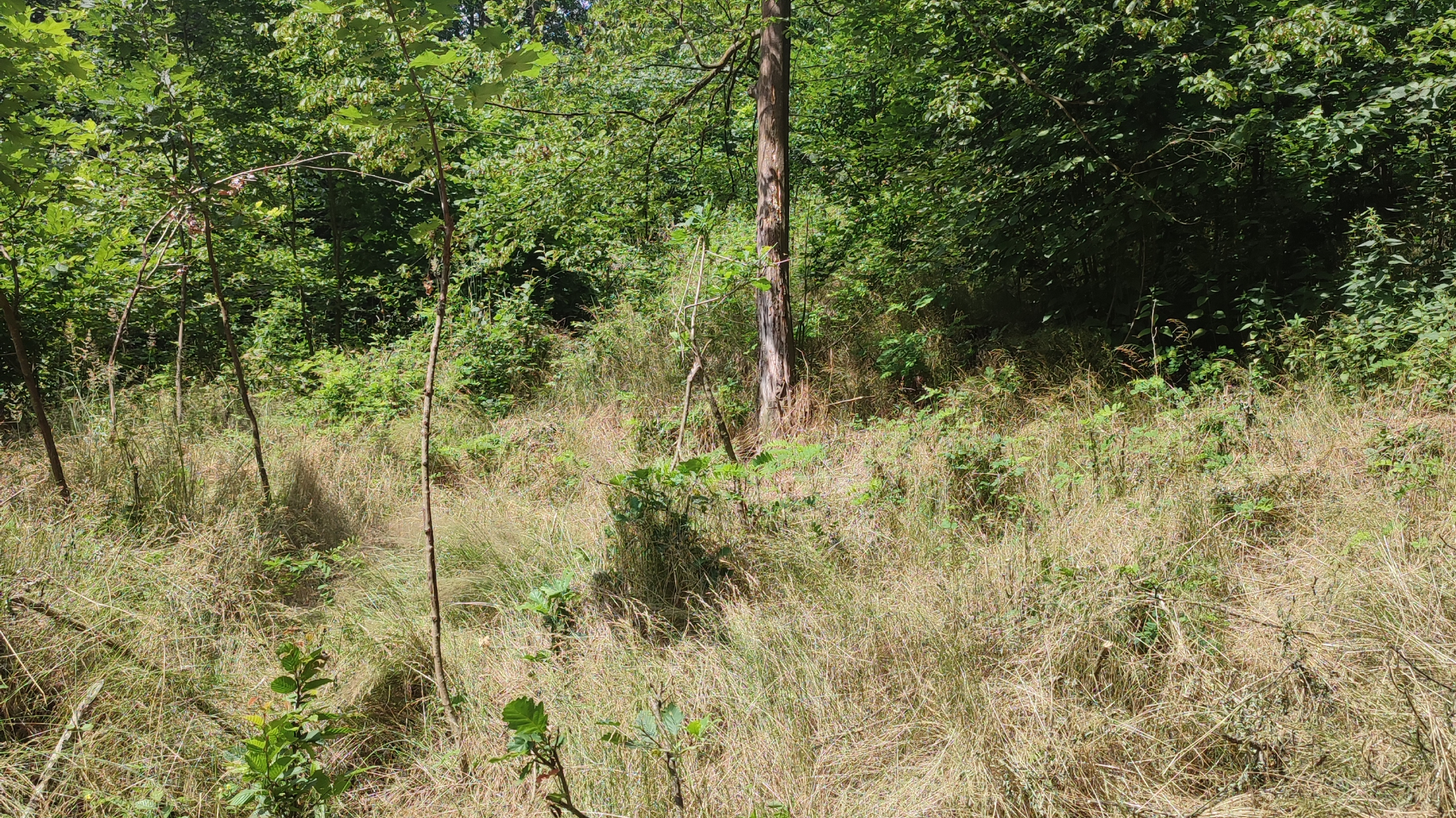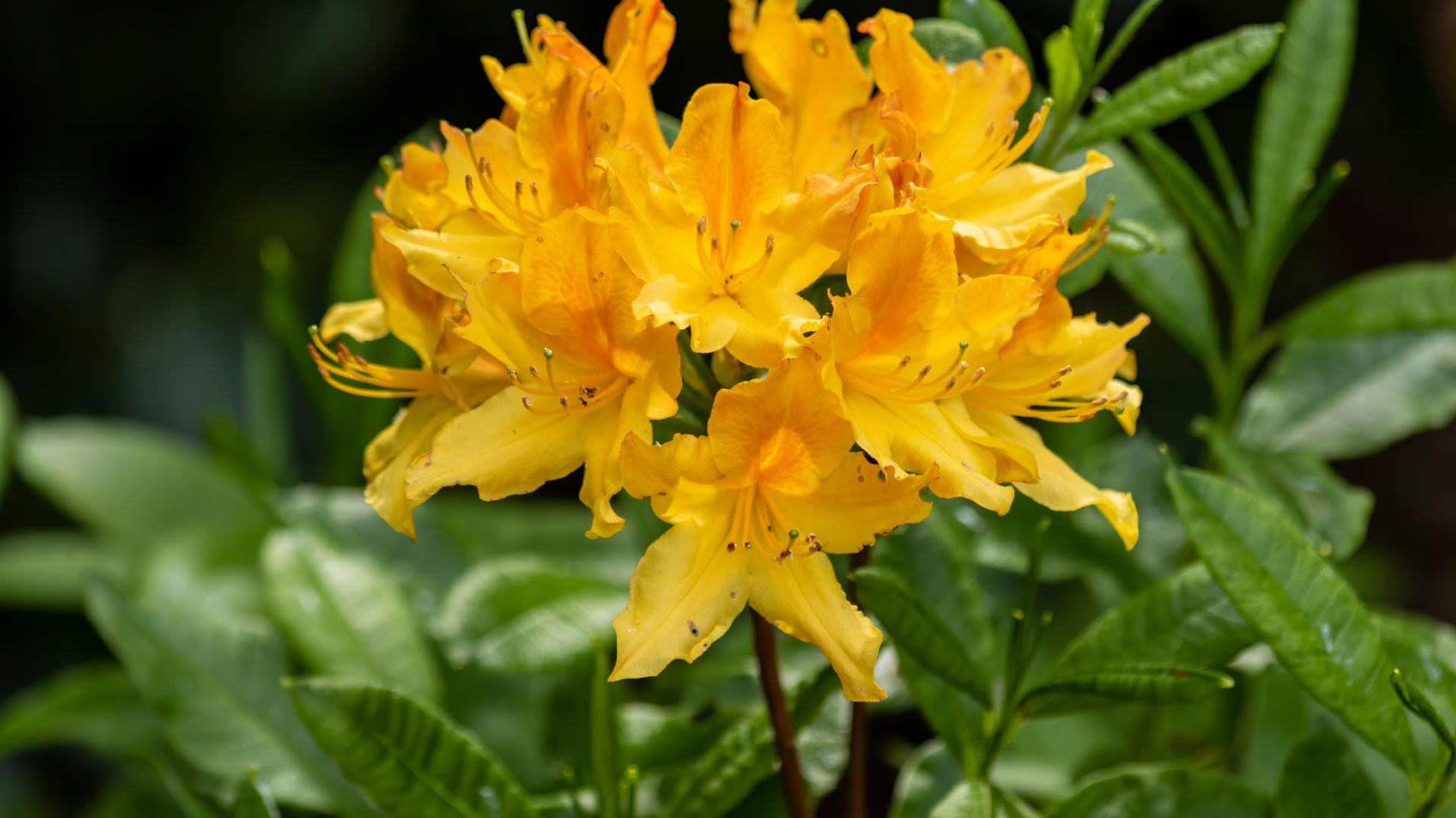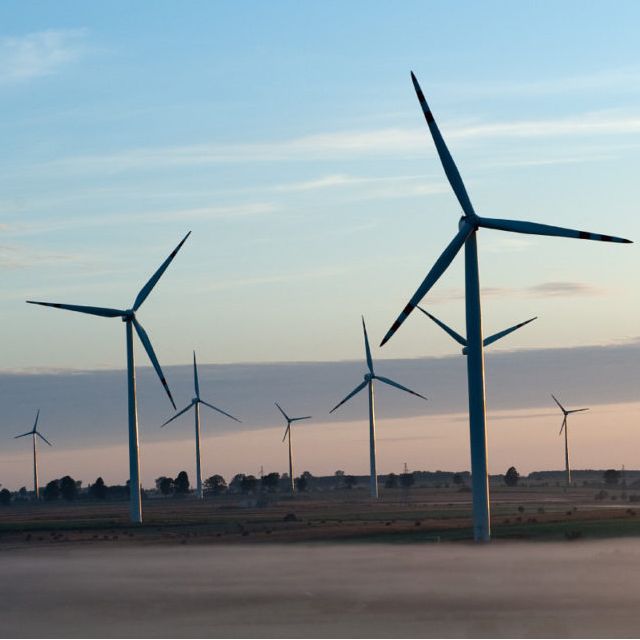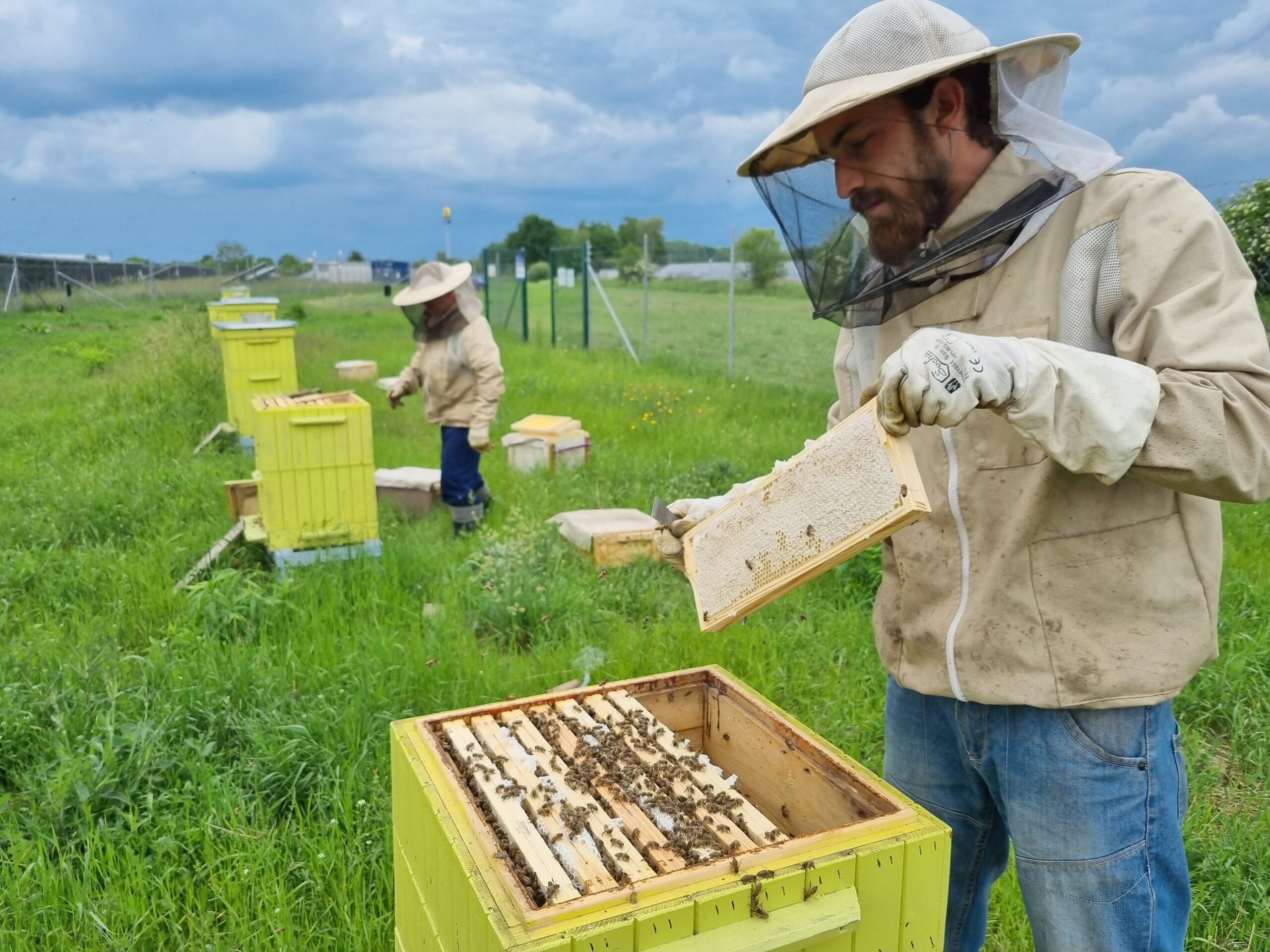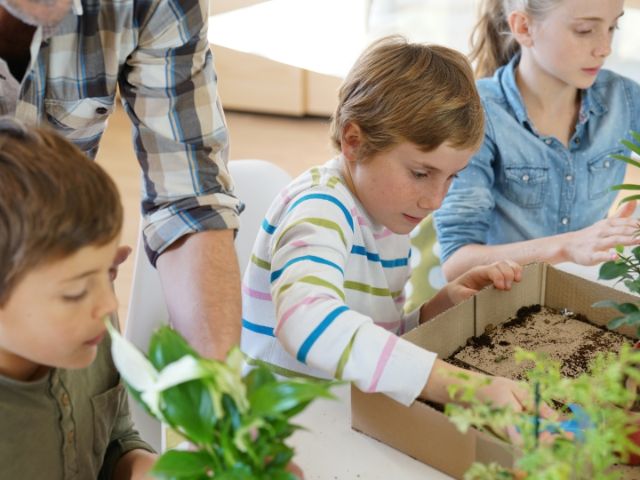On June 4th, Polenergia organized “Bee Day” at one of the Group’s photovoltaic farms located in the Sulechów municipality. The event was held for the second time in celebration of International Bee Day.
For Polenergia Group, it is extremely important to take care of the environment during project implementation. It is our responsibility to mitigate the impact of our projects. By implementing them, we always generate added value for local ecosystems. We know that biodiversity loss and the climate crisis are intertwined.



